This is the third in a series of short posts adapted from Twitter threads contemplating various aspects of the COVID-19 pandemic. The first two posts can be found here and here, and of course, on Twitter.
COVID, the Brain, and Immune Function
The neuroinvasive potential of SARS‐CoV2 may play a role in the respiratory failure of COVID‐19 patients.
“The most characteristic symptom of patients with COVID‐19 is respiratory distress, and most of the patients admitted to the intensive care could not breathe spontaneously…”
…where the brainstem was heavily infected…”
Key sentence: could not breathe spontaneously and brainstem involvement. Reading further we get thalamic involvement – as was reported in COVID-19–associated Acute Hemorrhagic Necrotizing Encephalopathy: CT and MRI Features.
As soon as I see this pattern, brainstem degradation>thalamic involvement, I immediately think dysautonomia>beriberi>thiamine deficiency>mito-hypoxia>disrupted immune function>inflammation overkill>leaky BBB >leaky junctions.
Then a few, more philosophical questions, niggle in the background. I have long had this theory that these pathogens have always already been with us and are just ‘activated’ when the circumstances align. I have no real basis for this and certainly much evidence against it.
But the idea remains – what if everything was already there? That the threats that we face are not entirely external but internal as well. This doesn’t mean that there are not external pathogens to which we fall prey, there absolutely are, but what if we constitutionally mirror those pathogens – they exist in us already but remain quiescent, mostly, until some confluence of events activates them.
If that were the case, then the potential for any pathogen to ‘reach’ any part of the body, the brain included, would not be so much about the uniqueness of the pathogen, although that would play a role certainly, but more about the uniqueness of the ‘host’.
This would then bring us back to Matzinger’s danger theory, where the immune system has advanced beyond the overly simplistic self vs non-self model – because everything is self, the pathogens were always already a part of us, and it is our response to them that engenders danger.
That brings us back to host response being the key variable to address with any illness. And with that, two questions. 1) what does the individual need to survive/be healthy and 2) are they getting it?
Reframed for this pandemic. 1) What molecular resources does the patient require to mount an effective immune response, with the appropriate amount of inflammation at the appropriate time? 2) Are they getting them? Likely they are not, because they are ill, sometimes seriously.
Reframed one more time. 1) What are the molecular resources one needs to beat this illness altogether – to be an asymptomatic carrier? 2) Are they getting them?
In this regard, everything comes back to host resources availability. That places the determinants of health versus illness squarely onto host health or more specifically, host mitochondrial health because the question always comes back to mitochondrial fitness, to the energy/ATP needed to either stave off illness altogether or fight it and survive if this fails.
Then where the pathogen attacks becomes an equation that includes equal parts pathogen to host variability e.g. host genetics/epigenetics/diet/lifestyle/environment etc., which is moderated by energy availability.
And from that perspective, as meandering and incompletely argued as it was, maybe it still provides a clue to how we fight this – bolster host defenses. Maybe that’s too simple in the age of technology. Maybe not.
We Need Your Help
More people than ever are reading Hormones Matter, a testament to the need for independent voices in health and medicine. We are not funded and accept limited advertising. Unlike many health sites, we don’t force you to purchase a subscription. We believe health information should be open to all. If you read Hormones Matter, and like it, please help support it. Contribute now.
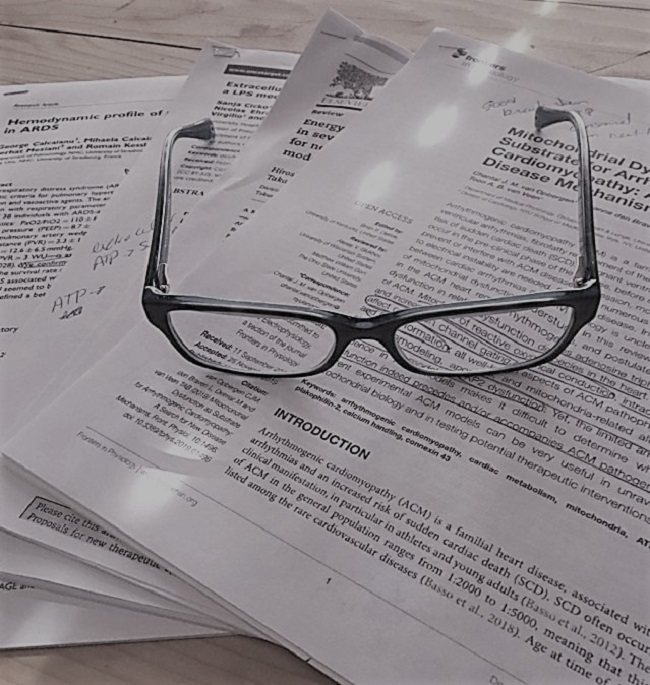







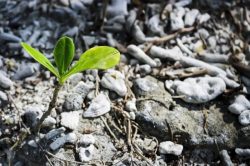
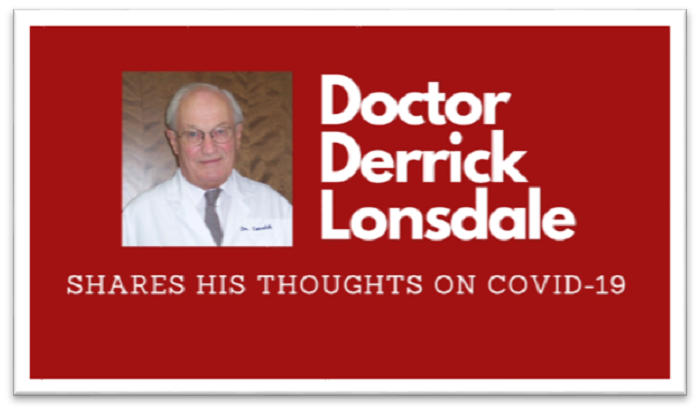
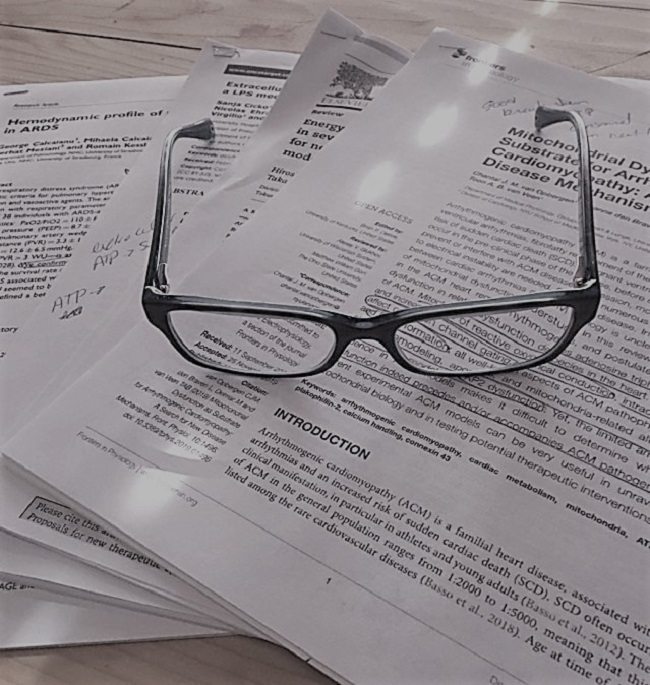

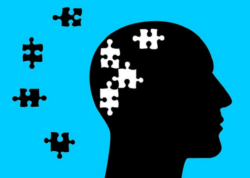
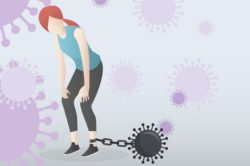
Thanks for being a considerate sage. The enemy is not always just there . COVID may have been invented. The spike may have been enhanced… the evidence is the furin on the tip…an evolutionary leap of hundreds of years!!! A first line of defence is zinc in the cell to prevent replication after invasion, quercitin is needed to ensure that the zinc goes into the cell. Investigate TCM liquorice..it like elderberry stops the spikes locking. Elderberry was the cornerstone of Hippocrates medicine chest. I take that there is a correct version of Vit A to build lung defence. Food like keffir will cater for bowel defences. The modern diet/lifestyle is death but what price freedom?
MedCram wonders about possible oxidative stress and ATP production failure as central to covid19 damage (https://www.youtube.com/watch?v=Aj2vB_VITXQ, https://www.youtube.com/watch?v=gzx8LH4Fjic).
Is there anything you folks can think of that might help along this path?
Looks to me like vitamin D supplementation might help via reducing ROS (since I believe vitamin D increases ACE2 which is occupied/inactivated by SarsCov2 and which (ACE2) decreases superoxides) but that’s just a dot-connecting guess.
Thiamine. We have lots of articles on this.
Of course, other nutrients are needed, but thiamine is key to mitochondrial health, easily depleted with illness and often missed in treatments.